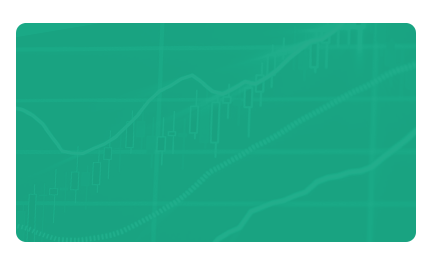The biggest risk everyone must consider when investing in bonds is the credit risk. Credit risk is reflected in the price of the bond. Investors expect higher returns or other extra benefits from bonds with higher credit risk.
Credit risk can be decreased by buying senior bonds. Another way to minimize credit risk is to invest in diversified bonds.
Rating systems take into account both quality and quantity aspects.
Credit ratings can affect the yield of the bond, but also the issuer itself and the conditions of its future bonds.
There are two grades for bonds: investment grade and junk.
The grading of bonds is usually performed by three big credit rating agencies: Standard & Poors (S&P), Moody’s and Fitch.
Investment grade
Investment grade concerns countries and borrowers which are worthy of investing.
The highest grade (for all 3 agencies) is AAA (prime). It indicates the most trustworthy, most stable, and the best borrowers with the lowest degree of credit risk.
The next category is AA (AA+, AA, AA-; high grade), which still indicates the reliability of bond issuers. The credit risk is low, but there is a bigger chance of default in long-term.
The next grade is the single A (A+, A, A-; upper medium) rating. Bond issuers with A rating are able to meet their financial obligations in most of the cases, but have a higher tendency to default.
The lowest grade in the investment grade category is BBB (BBB+, BBB, BBB-; lower medium). Firms and institutions belonging to this rating have the capacity to meet their obligations, but unfavourable economic circumstances may jeopardise the performance on those obligations.
Junks
Bonds rated as junks are usually not recommended to invest in, due to the high credit risk and unreliability.
Borrowers in the BB (BB+, BB, BB-; non-investment grade speculative) grade are economically more stable than the borrowers with lower grades. However, due to business and financial circumstances, they are characterised by continuous instability.
Entities with B (B+, B, B-; highly speculative) grade are more vulnerable in the long term, but currently can meet all their obligations without problem.
The CCC (CCC+; substantial risks, CCC; extremely speculative, CCC-, in default with little prospect for recovery) rating indicates entities currently economically weak. The fulfilment of obligations heavily depends on the current economic and financial state of their environment.
CC rating means current financial struggles and almost no prospects.
Entities in C category are financially distressed and at the edge of bankruptcy, but still able to meet obligations.
D is the worst credit rating, concerning insolvent borrowers, who cannot (or just partially can) meet their financial obligations.
The different credit rating agencies may rate borrowers differently. The agencies must be independent institutions; therefore differences in the ratings are normal.



















